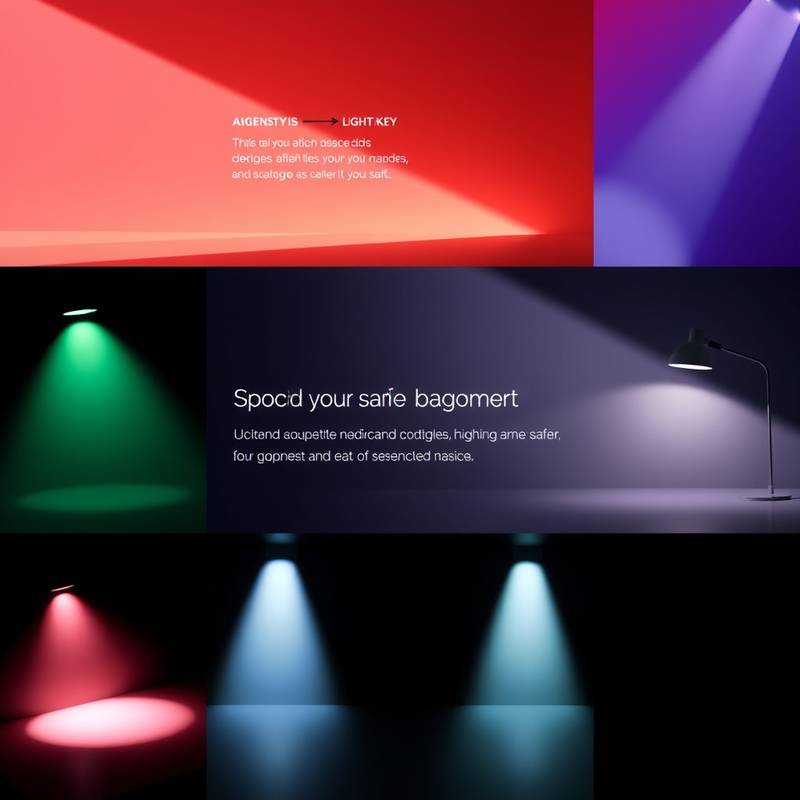Accessibility Statement for Elevate Learning
Elevate Learning is committed to ensuring digital accessibility for everyone. We are continually improving the user experience for all users, and applying the relevant accessibility standards. Our aim is to provide a website that is accessible to the widest possible audience, regardless of technology or ability.
Our Commitment to Accessibility
We are committed to making our website accessible, in accordance with WCAG (Web Content Accessibility Guidelines) . These guidelines explain how to make web content more accessible for people with disabilities. Conformance with these guidelines will help make the web more user friendly for everyone.
To ensure accessibility, Elevate Learning has implemented the following features:
- Semantic HTML: We use semantic HTML5 elements to structure our content, making it easier for assistive technologies to understand the purpose and meaning of different sections of the page.
- Alternative Text for Images: All images on our website have descriptive alternative text (alt text) that provides a text equivalent of the image. This allows users who are unable to see the images to understand their content and purpose.
- Keyboard Navigation: Our website is fully navigable using a keyboard. Users can use the Tab key to move between interactive elements, and the Enter key to activate links and buttons.
- Color Contrast: We have carefully chosen color combinations to ensure that there is sufficient contrast between text and background colors, making it easier for users with low vision to read the content.
- Resizable Text: Users can easily resize the text on our website using their browser settings. This allows users with visual impairments to increase the text size to a comfortable reading level.
- Clear and Consistent Navigation: We have designed our website with a clear and consistent navigation structure, making it easy for users to find the information they are looking for.
- Form Labels and Instructions: All form fields on our website have clear and descriptive labels, and we provide instructions to help users understand how to fill out the forms correctly.
- Video Captions and Transcripts: All videos on our website have captions and transcripts, making them accessible to users who are deaf or hard of hearing.
- ARIA Attributes: We use ARIA (Accessible Rich Internet Applications) attributes to provide additional information to assistive technologies, enhancing the accessibility of interactive elements and dynamic content.
Accessibility Features in Detail
Semantic HTML
Using semantic HTML elements not only improves accessibility but also enhances SEO. Search engines can better understand the content on our pages, leading to improved search rankings. Examples include using
for articles,
for navigation menus, and
for related information.

Our website is designed with semantic HTML tags to ensure screen readers and other assistive technologies can easily interpret the content. Proper use of headings, lists, and paragraphs also improves readability for all users.
Alternative Text for Images
Providing descriptive alternative text for images is crucial for users who rely on screen readers. The alt text should accurately describe the content and function of the image. For purely decorative images, the alt attribute should be left empty (
alt=""
) to prevent screen readers from announcing them unnecessarily.

We meticulously add alt text to every image on our site, describing the image's content and purpose. This ensures that even if an image fails to load, users will still understand the information it conveys.
Keyboard Navigation
Keyboard navigation is essential for users who cannot use a mouse or other pointing device. Our website allows users to navigate through all interactive elements using the Tab key, and activate links and buttons using the Enter key. We also ensure that the focus indicator is clearly visible, so users can easily see which element is currently selected.
Color Contrast
Sufficient color contrast is vital for users with low vision or color blindness. We use color contrast analysis tools to ensure that the contrast ratio between text and background colors meets the WCAG requirements. This helps to improve readability and reduce eye strain.

We adhere to WCAG guidelines for color contrast to ensure that text is easily readable against the background. Our design choices prioritize accessibility, ensuring that all users can comfortably navigate our content.
Resizable Text
Users should be able to easily resize the text on our website without losing content or functionality. We use relative units (e.g., em, rem) for text sizes, allowing users to adjust the text size using their browser settings. This helps to improve readability for users with visual impairments.
Clear and Consistent Navigation
A clear and consistent navigation structure is essential for all users, but especially for those with cognitive disabilities. We use a logical and predictable navigation menu, and provide multiple ways to access the same content. This helps users to find the information they are looking for quickly and easily.
Form Labels and Instructions
Form fields should have clear and descriptive labels, and instructions should be provided to help users understand how to fill out the forms correctly. We use the
element to associate labels with form fields, and provide instructions using the
attribute. This helps users to complete the forms accurately and efficiently.
Video Captions and Transcripts
Providing captions and transcripts for videos is essential for users who are deaf or hard of hearing. Captions provide a visual representation of the audio content, while transcripts provide a text equivalent of the audio content. We use the
element to add captions to videos, and provide transcripts as downloadable files.
ARIA Attributes
ARIA attributes provide additional information to assistive technologies, enhancing the accessibility of interactive elements and dynamic content. We use ARIA attributes to define roles, states, and properties of elements, helping screen readers to understand their purpose and behavior. This is particularly important for complex widgets and dynamic content that is updated without a page refresh.
Ongoing Efforts to Maintain Accessibility
Accessibility is an ongoing effort. Elevate Learning continuously monitors and updates its website to ensure that it meets the latest accessibility standards. We regularly conduct accessibility audits and user testing to identify and address any accessibility issues. We also provide training to our staff on accessibility best practices, ensuring that everyone is aware of their responsibilities.
Conformance Status
The Web Content Accessibility Guidelines (WCAG) defines requirements for designers and developers to improve accessibility for people with disabilities. It defines three levels of conformance: Level A, Level AA, and Level AAA. Elevate Learning is partially conformant with WCAG 2.1 level AA. Partially conformant means that some parts of the content do not fully conform to the accessibility standard.
Known Limitations
Despite our best efforts to ensure accessibility, there may be some limitations on our website. These limitations may be due to third-party content or technologies that we are unable to control. We are committed to addressing these limitations and will continue to work towards improving the accessibility of our website.
Feedback
We welcome your feedback on the accessibility of Elevate Learning. Please let us know if you encounter any accessibility barriers on our website. Your feedback will help us to improve the user experience for everyone.
You can contact us with your accessibility-related questions or feedback through the following channels:
- Email: accessibility@elevatelearning.com
- Phone: (555) 555-1212
- Contact Form
We try to respond to feedback within 5 business days.
Formal Complaints
If you are not satisfied with our response, you may file a formal accessibility complaint. Please submit your complaint in writing to the address above, including a detailed description of the accessibility issue, the URL where you encountered the issue, and any assistive technology you were using. We will investigate your complaint and take appropriate action to address the issue.
Resources
For more information about web accessibility, please visit the following resources: